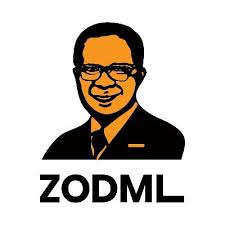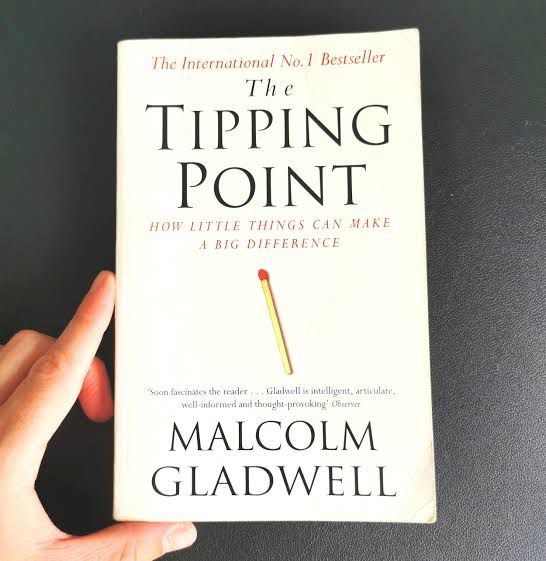Review of Malcolm Gladwell's 'The Tipping Point'.
By Chidiebere Sullivan Nwuguru
“The Tipping Point: How Little Things Can Make a Big Difference” is an interesting book by Malcolm Gladwell published in the year 2000. The book can be classified as a consumer psychology/business book that explores the principle of viral marketing; unraveling the force behind the moment when an idea, strategy, trend, or act exceeds its threshold and spreads like wildfire. Although written years ago, the book still applies greatly to today's economics and businesses.
Reading through the book, I discovered three key concepts, although not outrightly stated by Gladwell, pertinent to creating that scenario where an idea exceeds its threshold and spreads like wildfires. These concepts are what I will be discussing below:
1. Law of the Few: Malcom noted how a select few groups of individuals which we could be part of in one way or the other, exhibit a disproportionate influence to ''tip an idea''. These key players are discussed in the below groups:
- Connectors: This group of individuals includes those who have a wide reach of connections and seem to be in contact with a lot of people. Through their many friends and acquaintances, they can serve as a linkage through which an idea is disseminated across various subgroups. Examples of people within this group include; insurance brokers, golfers, etc.
Mavens:– This group comprises the experts and is generally on the leading edge. They have deep knowledge and expertise about the idea. They may as well be categorized as the innovators of the product (idea) adoption bell curve. This group of people knows the product very well and can tell you everything you need to know about it. They can feed you with enough information on why the product is better than its competitors.
Salesmen:– This group of individuals is responsible for promoting the product (idea). With their great level of optimism, passion, and energy, they can create innovative approaches on how to market the idea. They are generally trusted as advisers and often emphasize long-term relationships among the groups.
2. The Stickiness Factor: This refers to how memorable and impactful the product or idea is in the minds of the consumers. Hence, to create a product that will stick with the consumers, great attention should be paid to the targeted audience. Malcolm hinted that the way a product is packaged and presented contributes immensely to how well it is going to stick with the targeted audience. One of the companies discussed in the book contacted a group of their ideal customers and made arrangements to spend time with them following their daily habits to truly understand them. This approach is exactly how to get to know one’s targeted customers to be sure of what to include or not in the product to achieve maximum satisfaction that would stick for long with the customers.
Hence, to truly achieve this stickiness, further research should be carried out, especially to understand the targeted audience, and a set of metrics should be drafted to help track the progress. This way, it is easy to determine effectiveness and measure the strength of the campaign strategy. Modifications should be made where and when necessary.
3. The Power of Context: The environment people find themselves in has a way of influencing their actions. Malcolm in the book discusses the “Broken Windows Theory,” suggesting that addressing small signs of disorder can prevent larger issues. This principle underscores the importance of crafting the right context to drive desired behaviour change. He equally explored several experiments and events ranging from reducing crimes in New York, growth and management style at Gore-Tex, etc, to depict how making small changes in an environment could create big differences in the behaviours of people within such an environment.
Overall, through this book, I learned how social networks can be leveraged to disseminate ideas. Social change often arises from actions no matter how small, that culminates over time. Hence, to drive an impact, we must understand our target audience and be consistent in the delivery of our ideas, leveraging our networks to be able to reach the “tipping point” of our message.





